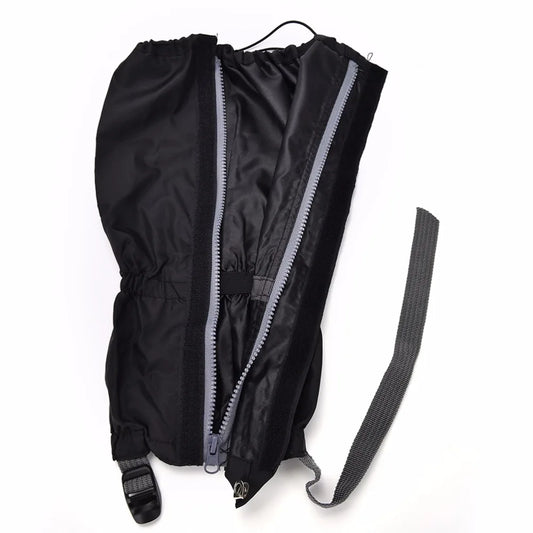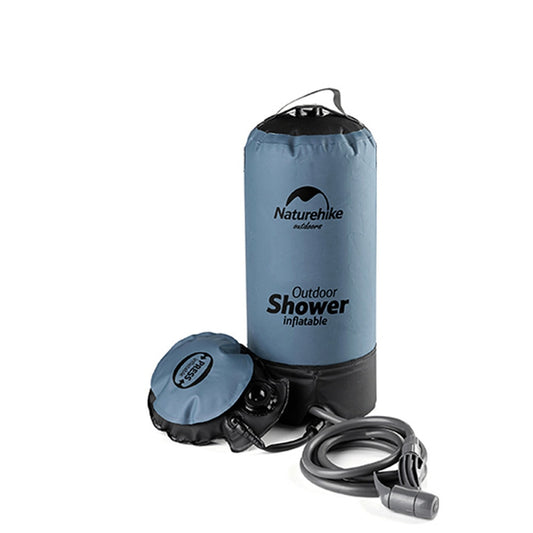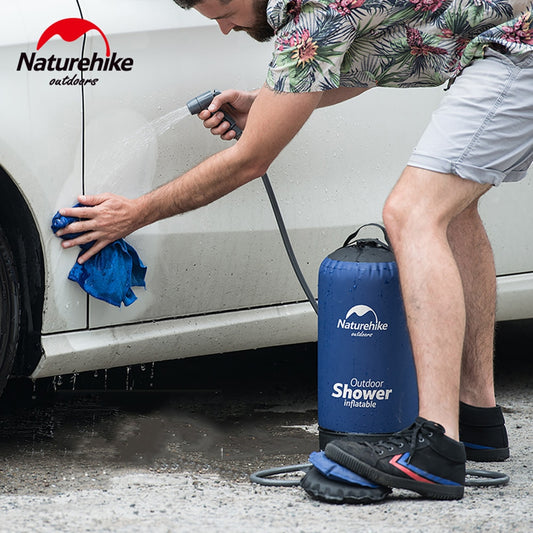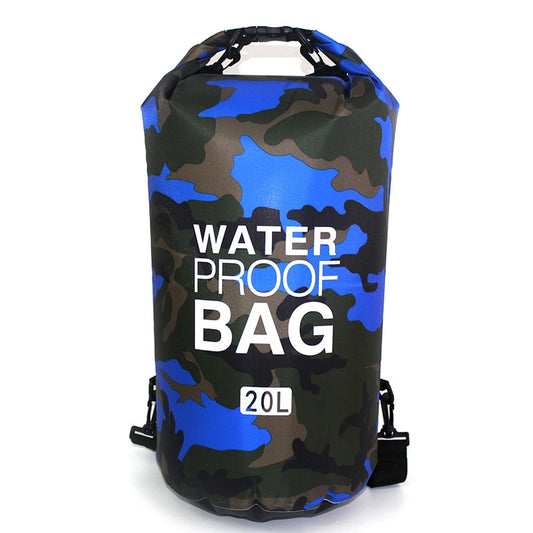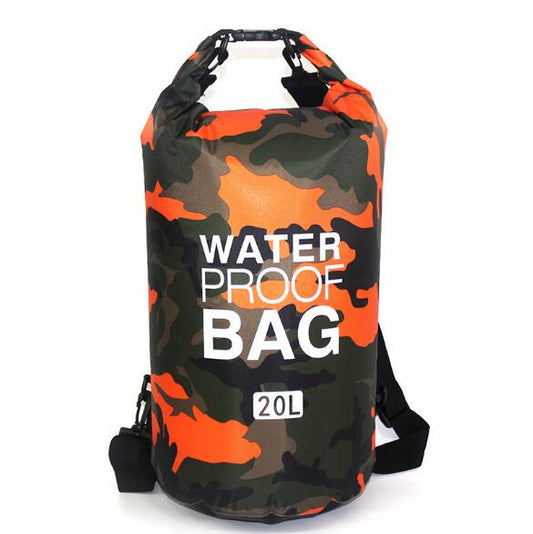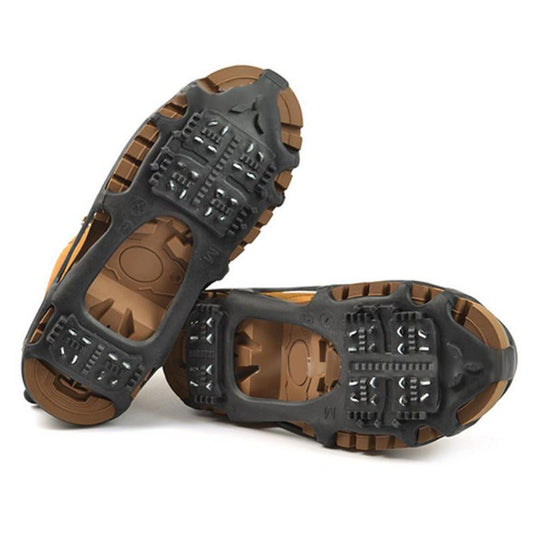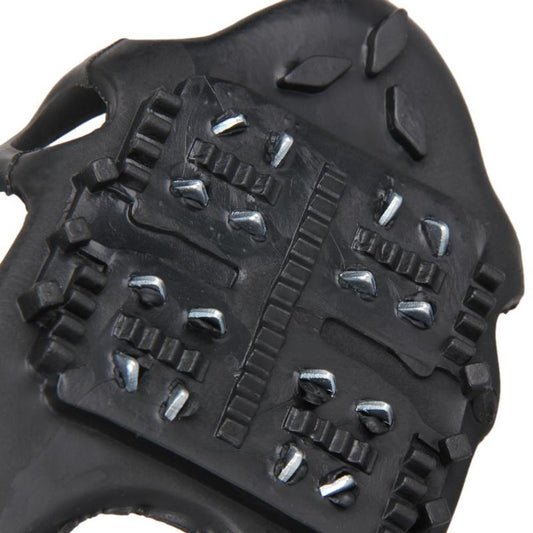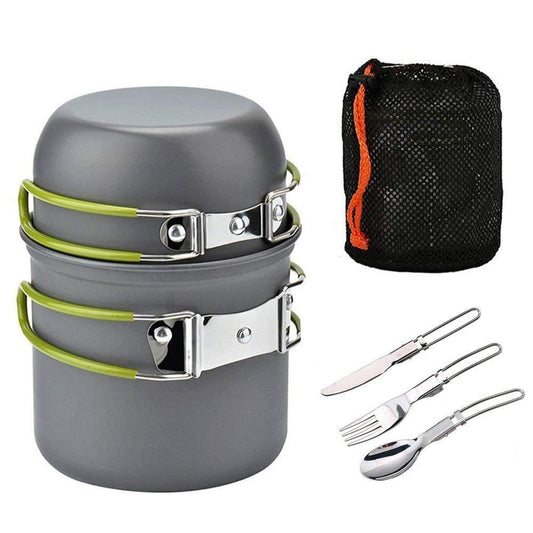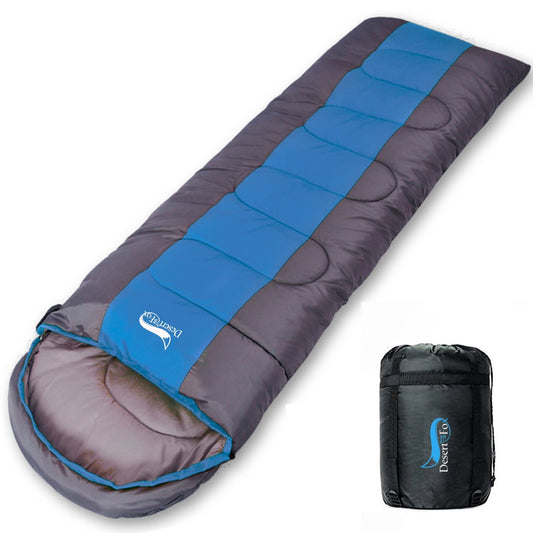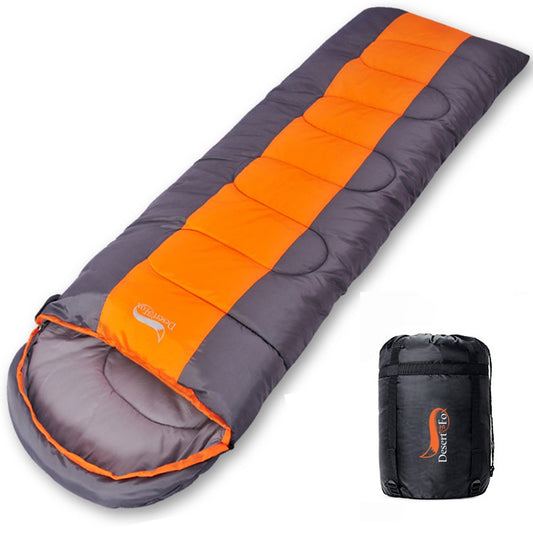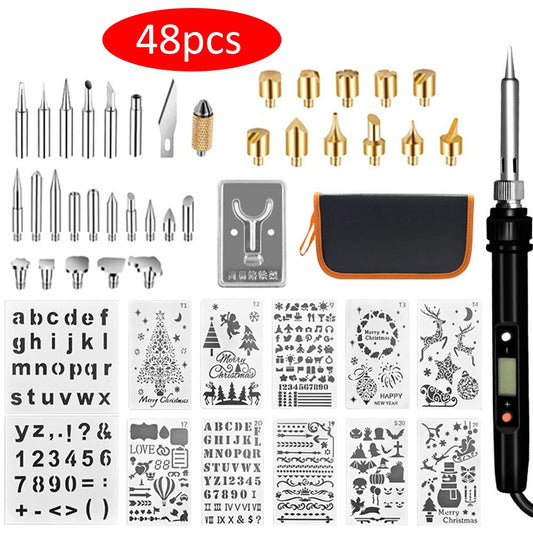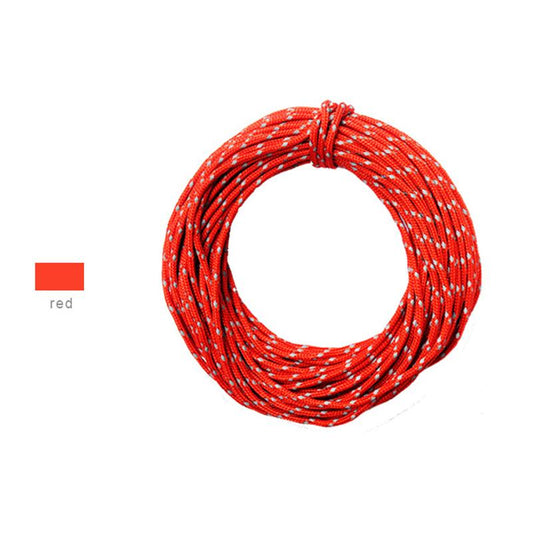There are many occasions when we need a rope to be pulled tight and secured while it keeps good tension. One common scenario is securing a load to a truck or trailer, where experienced truckers know how to properly tie down cargo.
The Trucker Hitch is a series of knots that create a primitive block and tackle, perfect for securing cordage with precision and tension.
The Trucker hitch also has various options that utilize slightly different methods to reach the desired outcome, but what I'll demonstrate here is the approach that I personally use and have found very effective.
The Trucker Hitch is essential for securing loads but versatile for tightening and securing lines in any situation.
Knot Tying Terminology
Enhance your experience by familiarizing yourself with common knot and rope terms as you follow the tying instructions.
Bight – This is the U-shape of a bight, where the rope curves without crossing itself. A bight can be found along any part of the cordage.Loop – A loop is where the cordage is intertwined to form a loop. It can be overhand or underhand, depending on which end is crossed over the other. An overhand loop has the working end over the standing end, while an underhand loop is the reverse.
Working End – This is the rope's end, essential for securely tying the knot.
Standing End – This end of the rope is opposite the working end and is static.
Materials Required
Aside from cordage, you will need something in which to either run the cordage around or through to aid you in tightening the line.
How To Tie The Trucker Hitch
| #1. Secure one end of the cordage to the opposite side from where you want to tie the knot. This can be a tree, pole, trailer tie-down point, etc. | 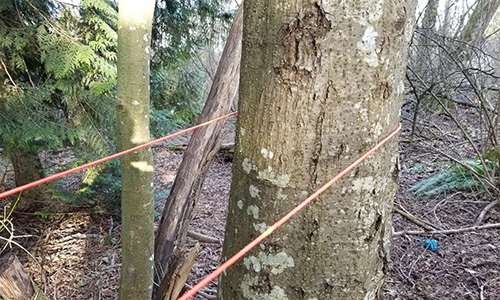 |
| #2. Locate your next tie-off point and run the working end around it, or in the case of a ring, through it. Pull the cordage so that it is snug. | 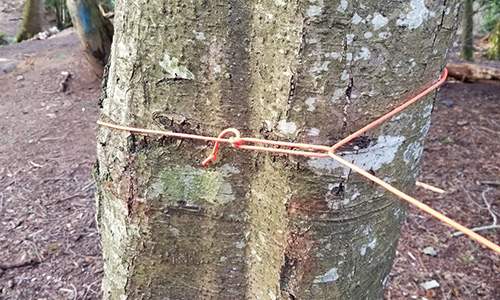 |
| #3. Pick a point several feet away from where the cordage runs around the tie-off point. This is where you will tie your loop. | 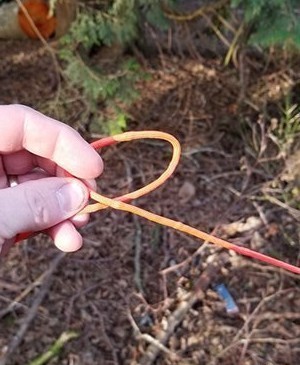 |
| #4. Make an overhand loop. From here take a bight of cordage from the working end next to the overhand loop. | 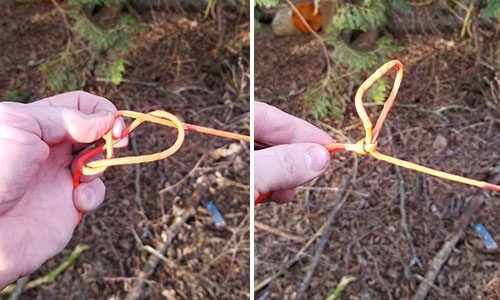 |
| #5. Pass the bight through the overhand loop from the rear and carefully dress up the knot. | 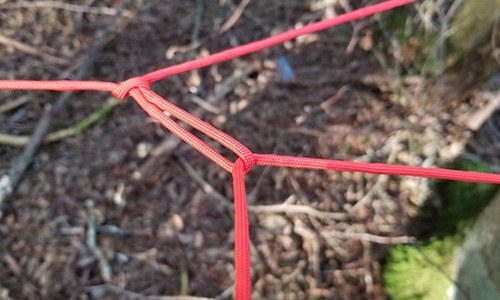 |
| What I like to do is to keep hold of the bight and pull the overhand loop closed around it. You want to end up with a slipknot that has a loop of a couple of inches wide. | |
| #6. Now that you have your slipknot loop, pass the working end of your cordage through it. | 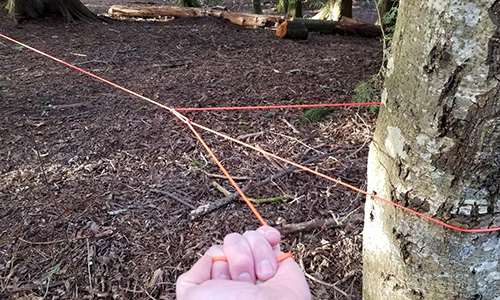 |
| #7. Pull the line taut. | |
| #8. When the line is tight enough pinch the cordage where it passes through the slip knot loop. |  |
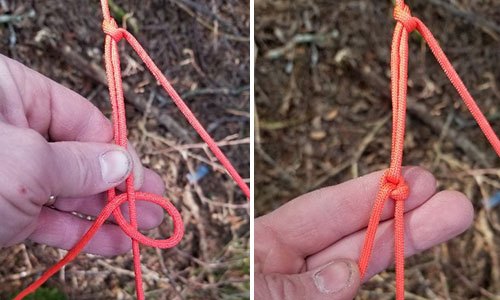 |
|
| #9. Secure the line with two half hitches. It will take a little practice to be able to secure this hitch without losing any tension but it is possible to do so. | 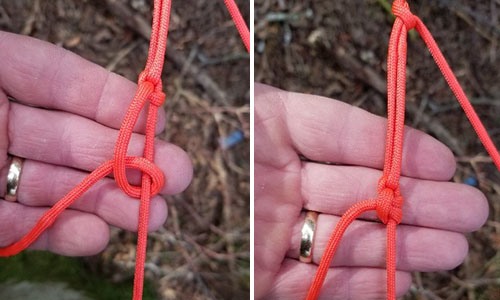 |
While there are many important knots that we should know as preppers and survivalists, the Trucker Hitch is one that has been my go-to knot for quite some time.Securing loads, hanging bear bags, running ridgelines, flying tarps, and securing guy lines are only a few of the tasks that I have used a Trucker Hitch to complete.Even in my daily life at work and around the home the Trucker Hitch is in regular use.This is a hitch that I use so often it has become second nature for me. I have even practiced securing a ridgeline with this hitch one-handed with some success.While it does take a little practice to get the feel for how to tie this knot once you understand the basic process it becomes an exceptionally versatile hitch to have in your knot-tying toolbox.
Presented by Coach Trina @ dragoyle.com



